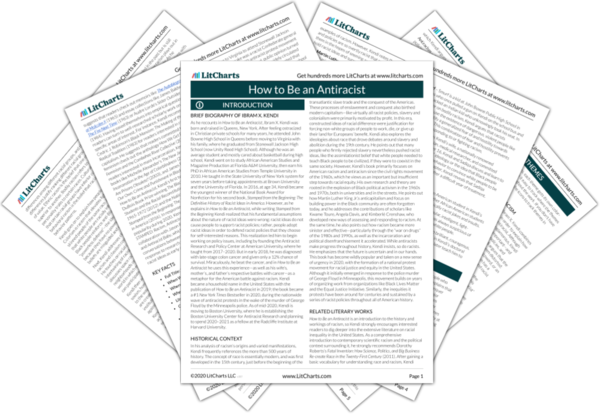Because politics is about power, and elites have most of it, antiracist campaigns that focus on “identity politics” rather than economic justice for the working class end up becoming strongly biased toward elites. The policies they create—like diversity programs in governments, universities, and corporations—attempt to solve racism without rocking the boat about economic inequality. Since racism and capitalism are “conjoined twins,” these programs will never produce meaningful change for the vast majority of people of color.
